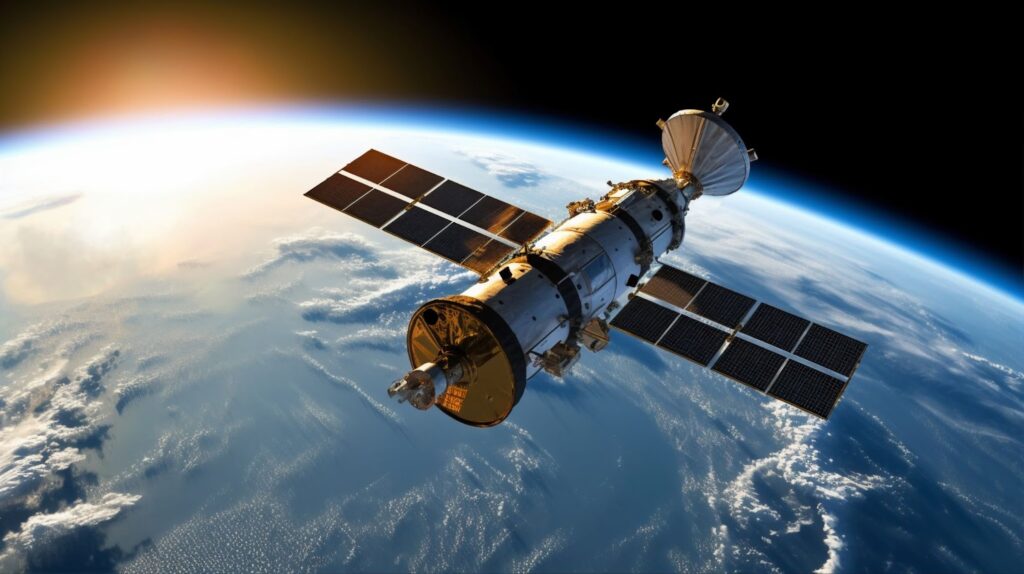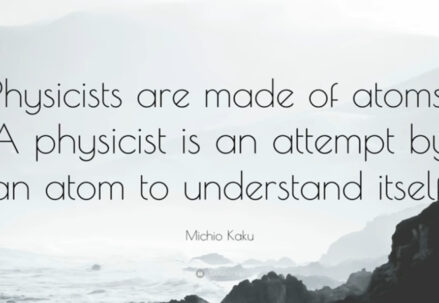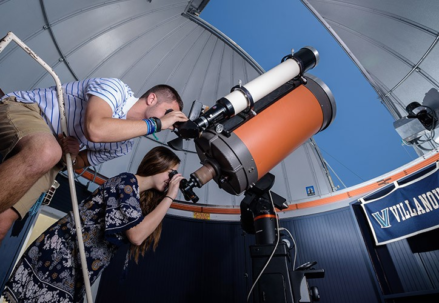The enigma of life on Earth, and the tantalizing possibility of extraterrestrial existence, has perpetually ignited human curiosity. Over the years, an array of space missions have embarked on ventures to unravel the mysteries of the cosmos. As scientific and technological advancements continue to surge, the exploration of the cosmos has ascended to unprecedented heights. Here, we present a roster of the ten most lavish space missions ever undertaken. Behold, the crème de la crème of extravagant cosmic endeavors.
Unraveling the Enigma of the Mars Curiosity Rover: A $2.5 Billion Marvel
As a remarkable feat of space exploration engineering, the Mars Curiosity Rover touched Martian soil on August 6, 2012. This mission, which initially projected an expense close to $650 million, rapidly escalated, ultimately amounting to a staggering $2.5 billion. But what makes this rover worth such a hefty price tag?
Valuable factors of this mission include:
- Advanced technological features: The Curiosity Rover was designed with state-of-the-art technology. From its high-definition imaging capability to its rock vaporizing laser, every detail was meticulously planned and executed;
- Scientific discoveries: The mission has made numerous significant scientific discoveries, such as providing evidence for the possibility of ancient habitability on Mars;
- Longevity: Originally planned to last just two years, the Curiosity Rover continues to operate and provide valuable data eight years later.
The Astonishing Cassini-Huygens: An Investment of $3.26 Billion
Borne of a collaboration between NASA, the European Space Agency, and the Italian Space Agency, the Cassini-Huygens space mission, launched on October 15, 1997, was one of the most ambitious planetary exploration endeavors ever undertaken. Its mission was to illuminate the secrets of Saturn, its numerous moons and its iconic ring system.
In 2005, Cassini-Huygens braced the atmosphere of Saturn, marking a milestone in space exploration. The factors that contributed to its extraordinary billion-dollar budget include:
- Extensive planning and development: The mission took over a decade of planning and development before the launch;
- Cutting-edge technology: It was equipped with diverse scientific instruments for conducting various experiments and revealing intricate details of Saturn and its moons;
- Unique achievements: Cassini completed 294 orbits around Saturn, discovered six named moons, provided new knowledge about the planet’s iconic rings, and captivated the world with stunning images.
The Mir Space Station: Russia’s $4.2 Billion Orbital Triumph
Emerging as one of the most significant examples of space exploration, the Mir Space Station was a Russian feat that functioned in low Earth orbit starting from February 20, 1986. Over its operational lifespan, it spent a staggering 5,511 days orbiting our planet, with an impressive 4,594 of these days being inhabited. Its colossal track record includes completing over 86,331 revolutions around the Earth.
The station, visited by a total of 104 astronauts representing 12 different countries, became a hub of international cooperation in space. It was a sanctuary for science, with more than 23,000 experiments conducted aboard, contributing significantly to our understanding of living in space and numerous other scientific disciplines.
Key highlights of the Mir Space Station comprise:
- A symbol of international cooperation: The Mir Station hosted astronauts from numerous nations, nurturing an environment of cooperation and collective progress in space exploration;
- A hotbed for scientific research: Conducting over 23,000 experiments, the Mir Station has contributed significantly to a variety of scientific fields;
- Long-term human habitation: The Station has proven the feasibility of long-term human habitation in space, paving the way for future projects like the International Space Station.
GLONASS: Russia’s $4.7 Billion Global Navigation Network
Standing as one of only two global navigation systems, the Global Navigation Satellite System (GLONASS) is a Russian accomplishment that operates based on a constellation of 24 satellites circling the Earth. Providing real-time positioning and velocity data for both surface, sea, and airborne objects around the globe, it remains a critical part of today’s global navigation infrastructure.
Features that define and set GLONASS apart include:
- Global coverage: With its network of 24 satellites, GLONASS assures global coverage, providing navigation services to users worldwide;
- Dual civilian and military uses: Apart from conventional navigation, GLONASS satellites also have military applications, contributing to defense and strategic operations;
- In competition with GPS: GLONASS is one of the two main global satellite navigation systems, along with GPS. These two systems often act as a check on each other, improving overall accuracy and reliability.
The Galileo Satellite Navigation System: Europe’s $6.3 Billion Navigation Powerhouse
Unveiling a new era in high-precision global navigation, the Galileo system is a European initiative that takes satellite navigation to the next level. This venture is a collective effort of the European Union and the European Space Agency and aims to provide state-of-the-art geodetic and navigational services.
Its complete constellation comprises 30 satellites, of which 26 are currently operational, offering increased accuracy, improved availability, and worldwide coverage—ensuring robust navigation services. This system is not just about navigation; it plays a crucial role in search and rescue operations, scientific research, and a host of other applications.
Key attractions of the Galileo system include:
- A European endeavor: Galileo is Europe’s answer to GPS, offering independent high-precision navigation services;
- High precision: The system’s operational accuracy is unprecedented, ensuring precise navigation and positioning;
- Search and Rescue: Galileo’s search and rescue service is a significant component in the global distress beacon locating network, contributing to saving thousands of lives each year.
The James Webb Space Telescope: An $8.8 Billion Window to the Universe
Slated to be Hubble’s superior successor, the James Webb Space Telescope (JWST) is an international project headed by NASA and supported by the European Space Agency (ESA) and the Canadian Space Agency (CSA). This $8.8 billion project exemplifies the pinnacle of international cooperation in space science.
Scheduled to hitch a ride on an Ariane 5 rocket, the JWST will herald a new era in astrophysics research and our understanding of the universe. It is designed to operate for a minimum of five years, but engineers and scientists expect a longer lifespan.
Here’s what makes the JWST special:
- Deep-space observation: The JWST’s infrared capabilities will allow us to look further into the universe, back in time to when the first stars and galaxies formed;
- Revolutionary technology: It features a 6.5-meter primary mirror, over two and a half times larger than Hubble’s, along with sophisticated instruments that will provide unprecedented resolution and sensitivity;
- Exploration of exoplanets: The JWST is expected to gather vital data on exoplanets, possibly finding signs of life.
The Global Positioning System (GPS): A $12 Billion Global Navigation Standard
The Global Positioning System, popularly known as GPS, is a satellite-based navigation system that provides geolocation and time information to receivers near the Earth’s surface. This $12 billion marvel, managed by the U.S. Department of Defence, has become an essential component of modern navigation and mapping systems.
GPS’s functionality is not confined to civilian navigation; it’s crucial for an extensive array of applications, including aviation, maritime navigation, disaster relief operations, scientific research, and even time synchronization for a legion of today’s digital networks.
Aspects that make GPS indispensable are:
- Universal Availability: The system functions in every weather condition, everywhere in the world, 24/7;
- Accuracy: GPS can pinpoint any location with remarkable accuracy, down to mere meters or even centimeters with advanced receivers;
- Multitude of Applications: Besides navigation, GPS supports a variety of other functions, including mapping, timekeeping, disaster relief, and scientific research.
The International Space Station (ISS): A $150 Billion Collaborative Success
Dethroning the Apollo Program from its reign as the most expensive initiative, at $150 billion, the International Space Station represents an unprecedented scale of international cooperation in space exploration. This orbital laboratory, inhabited by a rotating crew of astronauts, has been continuously occupied since November 2000.

The ISS serves as a unique platform for conducting groundbreaking research that couldn’t be performed on Earth, providing insights into various fields like human biology, physics, astronomy, and meteorology.
Highlights of the ISS include:
- International Collaboration: The ISS is a prime example of effective international cooperation, involving five space agencies and 15 countries;
- Continuous Human Presence: Humans have been living and working on the ISS nonstop since November 2000;
- Unique Research Opportunities: The ISS offers distinctive opportunities for research in microgravity, benefitting various scientific disciplines;
- Education and Inspiration: The ISS plays a crucial role in educating and inspiring the next generation of scientists, engineers, and astronauts.
The International Space Station (ISS): The $160 Billion Microgravity Laboratory
Soaring above us at an altitude of approximately 408 kilometers, the International Space Station (ISS) is an engineering marvel and a testament to the triumphs of international collaboration. Orbiting the Earth at a speed of roughly 28,000 kilometers per hour, this shared habitat and workspace for the global space community is the consequence of an astronomical $160 billion investment.
The ISS, a joint venture of space agencies from 15 nations, is a state-of-the-art platform for research in various disciplines, including life sciences, physical sciences, astronomy, and meteorology, among others.
Standout factors of ISS are:
- A Beacon of International Cooperation: A remarkable model of harmonious global partnership, bringing together space agencies from 15 nations;
- An Innovation Lab: The station provides a unique microgravity environment that supports a diverse range of experiments, from studying the effects of space travel on the human body to unlocking the secrets of dark matter;
- A Gateway to the Universe: The ISS serves as a springboard for future space exploration, including manned missions to Mars.
The Space Shuttle Program: NASA’s $209 Billion Reusable Spacecraft Initiative
Topping the charts as the most expensive space mission is the iconic Space Shuttle program, a pioneering initiative that envisioned a reusable spacecraft. Spanning over three decades from 1972 to 2011, this ambitious venture was jointly led by NASA and the Air Force.
During its operational lifetime, the program successfully completed over 130 missions, utilizing various shuttles like Endeavour, Atlantis, Discovery, and others, each capable of carrying astronauts and payloads to orbit and returning to Earth.
Key highlights of the Space Shuttle Program include:
- Pioneering Reusability: The concept of reusability in space exploration was an innovative leap forward, greatly reducing costs per launch;
- Delivering Large Payloads: The space shuttles were capable of carrying substantial cargo to orbit, making it possible to launch satellites, space probes, and significant components for the International Space Station;
- Human Spaceflight: The Program paved the way for human space exploration, contributing to the United States’ leadership in space exploration;
- Unfortunate Losses: Despite its numerous successes, the Program also experienced tragic disasters, with the loss of the Challenger and Columbia shuttles and their brave crews.
Conclusion
In conclusion, our insatiable curiosity about life on Earth and the potential for extraterrestrial existence has driven humanity to explore the cosmos through a series of remarkable space missions. As we stand on the precipice of scientific and technological advancements, our journey into the universe has reached unparalleled heights. The top ten most expensive space missions, which we’ve highlighted, stand as testaments to human ambition and the relentless pursuit of knowledge beyond our home planet. These missions not only represent monumental achievements in space exploration but also serve as a reminder of the boundless possibilities that await us in the vast expanse of the cosmos.





